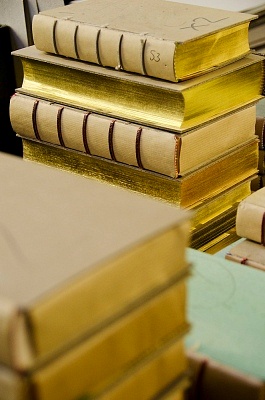

The Folk Museum ComplexThe Folk Museum Complex was a lifelong dream for Sri Lankan writer Martin Wickramasinghe, and even though the novelist did not live to see it fulfilled, it is today a reality that will perpetuate his legacy for future generations. The Museum itself is divided into five main sections, namely the house where he was born, the Hall of Life, the Samadhi, the Museum of Folk Culture and the restored environment.The house has been renovated in such a way that it preserves much of the original architecture, some of which is believed to be about a couple of hundred years old. The original furniture and many of Wickramasinghe's personal belongings are still in place recreating life as it was when the author was amongst the living. The Hall of Life is an extension of the house which celebrates the life and times of Martin Wickramasinghe through the display of photographs, paintings, sketches, souvenirs, awards and assorted memorabilia. Copies of published works, as well as handwritten manuscripts are available for study there. The Samadhi is where his his ashes are interred. The fact that his mortal remains are below this ground is a metaphor that symbolizes his great love of Sri Lankan traditional and cultural roots. The Folk Museum houses more than a thousand pieces related to Sri Lankan rural life, to which Wickramasinghe was so fondly attached. Such items include Buddhist religious artifacts, folk religious practices, the evolution of the Sinhala alphabet, writing utensils, village agricultural, fishing, pottery, and metallurgical technologies, folk dance and puppetry, a collection of masks, musical instruments and drums, folk games, and more. Finally, the restored environment, the seven acres that surround the writer's birthplace. They have been made into a rural refuge perfect for meditation and relaxation under the trees' shadow. The Museum is administered by The Martin Wickramasinghe Trust, and opens daily from 9 to 5. |
© 2003-2018 martinwickramasinghe.org All Rights Reserved.